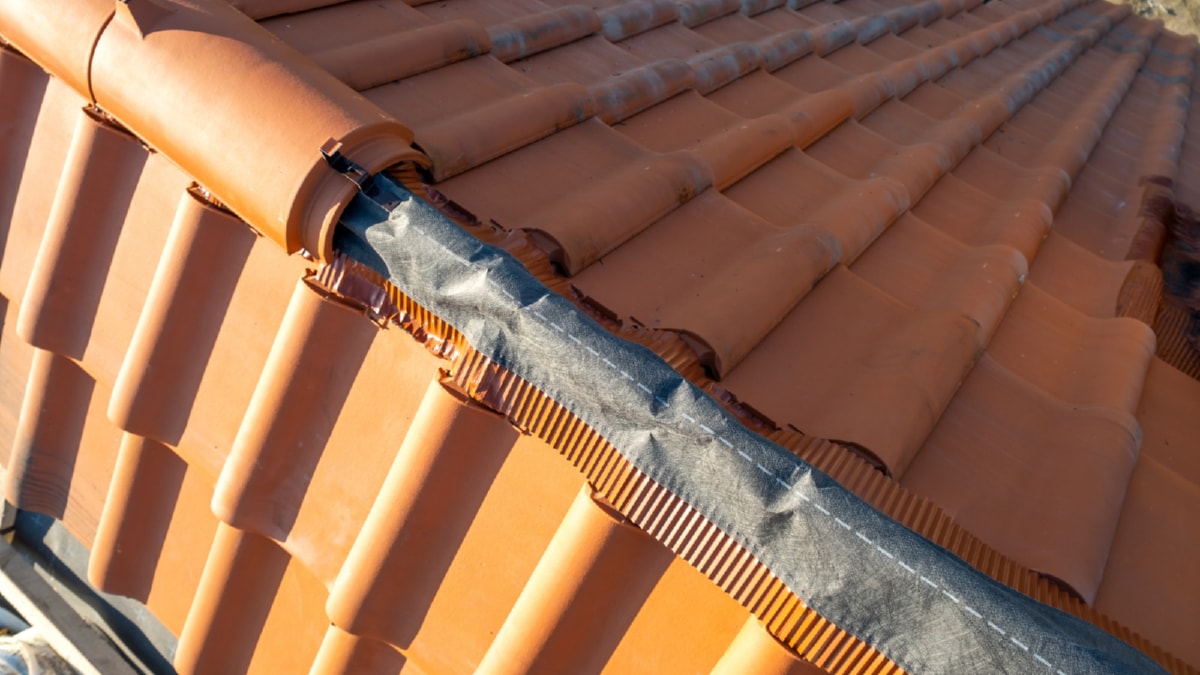Green building practices have taken center stage in modern construction. As the world grapples with climate change and its effects, the construction sector has not been left behind in adopting sustainable methods that lessen environmental impact. This move is not only environmentally beneficial but also advantageous to human health and the economy.
Green building practices involve creating structures and using processes that are environmentally friendly and resource-efficient. From design, construction, operation, maintenance, renovation to deconstruction, every phase takes into consideration energy usage, water utilization, waste reduction, and the health of the occupants.
One of the most significant impacts of green building practices is the reduction of greenhouse gas emissions. Traditional construction methods contribute significantly to global carbon emissions. Green builders, however, aim to reduce this environmental footprint by incorporating energy-efficient technologies, like solar panels, into their designs. These technologies harness renewable energy, thereby reducing the reliance on fossil fuels, which are the primary contributors to greenhouse gas emissions.
Water efficiency is another critical area where green building practices have made significant strides. The use of water-saving fixtures, rainwater harvesting systems, and efficient irrigation systems in landscaping are some of the strategies employed to reduce water consumption. This is particularly significant in areas experiencing water scarcity.
Waste reduction is another benefit of green building practices. The construction sector generates a significant amount of waste, from unused materials to demolition debris. Green builders, however, aim to reduce, reuse, and recycle materials wherever possible. This approach not only minimizes waste but also conserves natural resources by reducing the demand for new materials.
Moreover, green buildings are designed with the occupants’ health and comfort in mind. They use materials that emit low levels of volatile organic compounds (VOCs), thus improving indoor air quality. Good indoor environmental quality (IEQ) has been linked to improved productivity, lower absenteeism, and even better mental health.
Economic benefits of green building practices cannot be overlooked. Though green buildings might be more expensive to build initially, they offer significant operational savings in the long run. Energy-efficient appliances and systems lower utility bills, while water-efficient fixtures reduce water costs. According to the World Green Building Council, green buildings, on average, have a 7% higher asset value than conventional buildings.
Lastly, green building practices have a positive impact on biodiversity and ecosystems. By utilizing land and resources carefully, these practices ensure minimal disturbance to the surrounding environment. They also incorporate features like green roofs and walls that provide habitats for wildlife.
In conclusion, the impact of green building practices in modern construction is far-reaching. These practices are an effective solution to environmental challenges, providing a sustainable approach to construction that benefits both the environment and people. They represent a paradigm shift in the way we design, build, and operate our buildings, and their adoption is expected to grow in the future. As the world becomes more conscious of the need for sustainability, green building practices will undoubtedly play a significant role in shaping our built environment.
For more details, check best masonry services or visit their business listing here.



